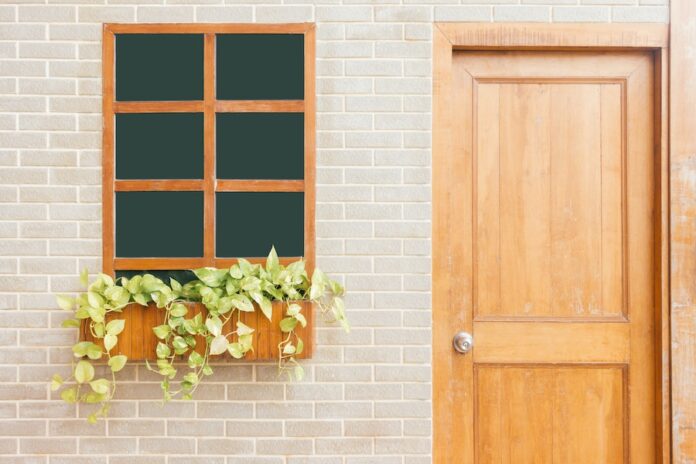You’ve almost completed the full home buying process. From figuring out your budget to starting to look at houses online or in person to eventually putting in an offer on the home of your dreams, the home buying process is filled with excitement and anticipation.
Now that the house inspection is through and the bank’s appraiser has completed their report, you may deposit settlement monies to the title firm. Everything seems to be falling into place, and the deal should close without any problems.
However, there is still the final walk-through. To make sure everything goes well at closing, we’ve put together everything you need to know about the final walk-through.
What Happens During the Final Walk-Through?
The final walk-through is your opportunity to confirm that all requested repairs have been completed, no new issues have arisen since the inspection, and all agreed-upon fixtures and furniture are still in place.
It is also a chance to verify that all systems and appliances are still functioning properly. To conduct a full checklist, click here and learn more about what you can demand at a final walk-through and what you can do to avoid closing delays. This may seem like a lot of items to check, but it is important to take the time to do it properly.
Issues can arise during the moving-out process, while the house is vacant, or if repairs were not done correctly. By performing a thorough final walk-through, you can ensure that everything is in order before you take ownership of the home.
When Should the Final Walk-Through Be Done?
It is best to schedule the final walk-through as close to the closing date as possible. This way, the seller’s possessions will have been fully moved out, allowing you to get a better look at the house while it is empty. This is especially important for identifying any issues that may have been hidden by furniture or appliances.
If it is not possible to do the walk-through on the closing day, try to schedule it no more than 2-3 days in advance. You don’t want to take ownership of your new home and then discover a problem that arose since you last viewed the house as a prospective buyer, which may have been several weeks ago.
Who Should Be There During the Final Walk-Through?
The final walk-through should be attended by the buyer and the buyer’s real estate agent. The seller and their real estate agent should not be present unless specifically requested by the buyer.
The buyer may also choose to have the home inspector or any professional who made repairs present at the final walk-through. However, this may incur an additional charge from the inspector. Although it may involve an extra cost, it is worth it to double-check that the work was done correctly.
How Long Does It Take?
The duration of the final walk-through depends on the size of the house and the level of detail you want to examine. For a small house, it might take only 20 minutes to check all the rooms, closets, and cabinets. A larger house might take an hour or two.
Allow yourself enough time to thoroughly check all of the house systems, storage areas, interior rooms, and exterior features such as sprinkler systems and power awnings. There is no need to rush—you want to make sure there are no surprises when you move in.
What Should You as a Buyer Look for During a Final Walk-Through?
During the final walk-through, it is important to remember that it is not a new home inspection. This is not the time to raise entirely new issues that were not identified during previous inspections. Instead, this is a quick inspection to confirm that the house is in the same condition as it was when you made the offer.
What Should the Seller Do Before the Final Walk-Through?
The seller is required to leave the house in a clean and tidy state, including vacuuming, wiping down the countertops in the kitchen and bathrooms, and sweeping the floors. They must also leave behind anything they agreed to in the sales agreement, and cannot take items that were supposed to be included with the house to their next home.
If any damage occurred while removing pictures, televisions, or other installed items, the seller should make the necessary repairs.
Final Thoughts
The final walk-through can be a source of anxiety for both the buyer and seller, but most of the time it goes smoothly. After all of the hard work you have put into the home buying process, you can now see the house as a blank canvas and start envisioning yourself living there and adding your personal touch to make it your own.








![Avast Driver Updater Key 2022 | Activation Key V2.5.9 [Free]- Avast Driver Updater Key 2021](https://vintank.com/wp-content/uploads/2021/02/Avast-Driver-Updater-Key-2021-100x70.jpg)
![Avast Premier Activation Code and License Key [Working] Avast Premier Activation Code and License Key](https://vintank.com/wp-content/uploads/2021/09/Avast-Premier-Activation-Code-and-License-Key-100x70.jpg)
